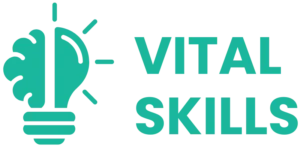Roadmap for Python Developers
What Exactly is Python? A Comprehensive Guide for Beginners
Python, a versatile and dynamically typed programming language, has gained remarkable prominence in software development due to its simplicity, readability, and extensive library support. This paper delves into Python’s fundamental aspects, providing insights into its definition, characteristics, historical evolution, notable features, real-world applications, industrial implementations, and concluding remarks.
Unraveling Python
Python emerges as a versatile and indispensable tool in modern software development, offering a compelling combination of simplicity, versatility, and extensibility.
Its widespread adoption across diverse industries underscores its significance as a foundational technology driving innovation, productivity, and digital transformation in the contemporary landscape. As Python continues to evolve and adapt to emerging technological trends and application domains, its relevance and impact are poised to endure in the foreseeable future
Defining Python
Python, conceived by Guido van Rossum in the late 1980s, is an interpreted, high-level programming language renowned for its emphasis on code readability and simplicity. It offers dynamic typing and automatic memory management, making it ideal for rapid development and prototyping across various domains
Traits of Python
The characteristics of Python delineate its unique attributes and capabilities
- Readability: Python’s syntax emphasizes clarity and conciseness, facilitating ease of understanding and maintenance.
- Versatility: Python supports multiple programming paradigms, including procedural, object-oriented, and functional programming.
- Extensibility: Python boasts a vast ecosystem of third-party libraries and frameworks, enabling developers to leverage existing solutions for diverse application requirements.
- Interpreted Nature: Python’s interpreter-based execution allows for interactive development and immediate feedback, fostering a conducive environment for experimentation and learning
Python's Journey Through History
Python’s evolutionary journey traces back to its inception in the late 1980s, with Guido van Rossum conceptualizing the language’s design principles and syntax. The release of Python 1.0 in 1994 marked its formal debut, followed by successive iterations, each introducing enhancements and refinements. Over the years, Python has evolved into a mature and widely adopted programming language, powering many applications ranging from web development and scientific computing to data analysis and machine learning.
Python's Distinctive Features
Highlighted features of Python programming include:
- Dynamic Typing: Python’s dynamic typing facilitates flexible variable declaration and automatic type inference, simplifying code development and maintenance.
- Rich Standard Library: Python’s standard library encompasses many modules and packages for diverse functionalities, minimizing the need for external dependencies.
- Cross-Platform Compatibility: Python’s inherent portability enables seamless execution across different operating systems, ensuring platform-independent application deployment.
- Scalability: Python’s scalability is evidenced by its suitability for projects of varying sizes and complexities, from small scripts to large-scale enterprise applications.
- Community Support: Python enjoys a vibrant and active community of developers, fostering collaboration, knowledge sharing, and continuous improvement through forums, conferences, and online resources
Practical Applications of Python
Python finds extensive real-world applications across diverse domains:
- Web Development: Python frameworks such as Django and Flask power numerous websites and web applications, including social media platforms like Instagram and content management systems like WordPress.
- Data Science and Machine Learning: Python’s rich ecosystem of libraries such as NumPy, pandas, and scikit-learn facilitates data analysis, statistical modeling, and machine learning tasks, underpinning advancements in healthcare, finance, and academia.
- Automation and Scripting: Python’s simplicity and versatility make it well-suited for automating repetitive tasks, system administration, and scripting, enhancing productivity and efficiency in various workflows.
- Scientific Computing: Python is a prominent tool in scientific computing and research. It enables scientists and engineers to simulate complex systems, visualize data, and analyze experimental results.
Different Sectors Leveraging Python Technology
Various industries harness Python for diverse applications, exemplified by:
- Information Technology (IT) and Software Development: Python is widely employed in software development companies, startups, and tech firms for building applications, deploying web services, and automating infrastructure management tasks.
- Finance: Python’s robust libraries for data analysis and financial modeling find applications in quantitative finance, algorithmic trading, risk management, and portfolio optimization within the finance sector.
- Healthcare: Python facilitates medical research, clinical data analysis, and healthcare informatics applications, supporting advancements in personalized medicine, genomics, and disease modeling.
- Education: Python’s accessibility and simplicity make it ideal for teaching programming and computer science concepts at educational institutions, from primary schools to universities.
- Gaming and Entertainment: Python’s versatility extends to game development, animation, and multimedia applications, powering popular games, graphics engines, and digital content creation tools.













